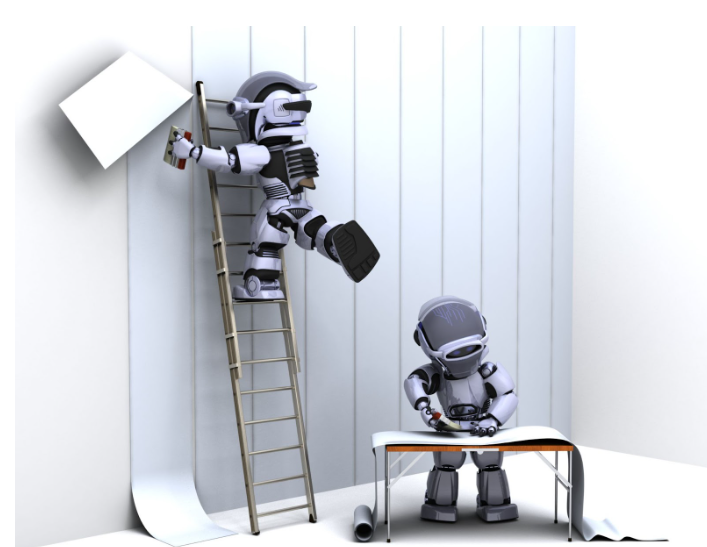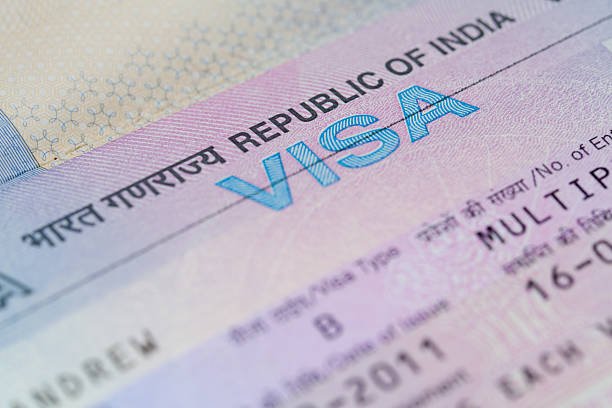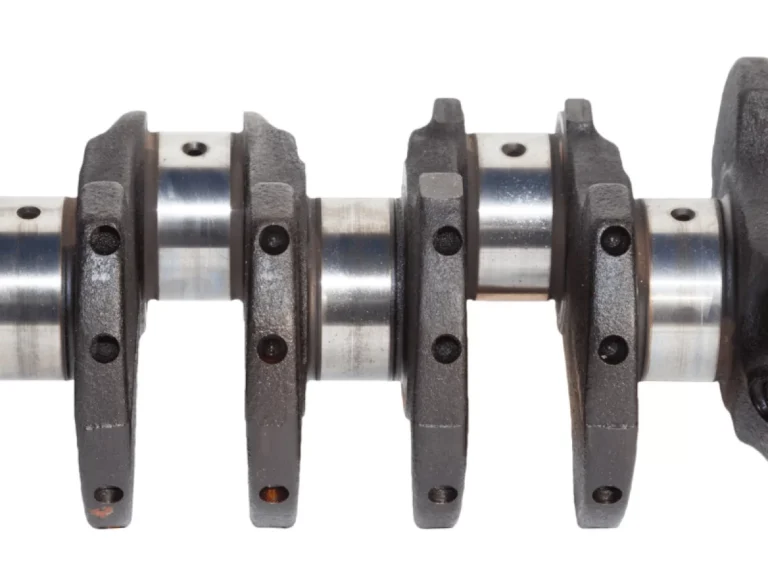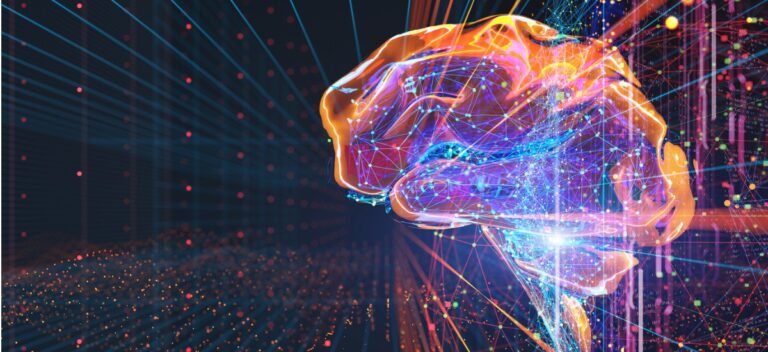Breaking Down Boundaries: The Intersection of Art and Technology in Blender AI
The world of art and technology has long been divided into two distinct spheres, with artists and technologists working in separate silos. However, with the advent of Blender AI\, this divide is rapidly disappearing. Blender AI 3D Model enable artists to push the boundaries of 3D art, explore new creative possibilities, and redefine the future of art.
In this article, we’ll explore the intersection of art and technology in Blender AI, and how this fusion is empowering artists to create stunning works of art that were previously impossible.
The Evolution of Art and Technology
Historically, art and technology have been seen as two separate entities, with artists working in traditional mediums like paint, sculpture, and photography, while technologists worked in the realm of code and software. However, with the rise of digital art and design, the lines between art and technology began to blur.
In the 1980s and 1990s, the advent of computer-aided design (CAD) software and digital art tools like Adobe Photoshop and Illustrator enabled artists to create digital artworks that were both visually stunning and technically impressive. However, these tools were largely limited to 2D design and did not offer the same level of creative freedom as traditional mediums.
The Rise of 3D Art and Blender
In the early 2000s, the development of 3D modeling and animation software like Blender and Autodesk Maya revolutionized the field of digital art. Artists could now create complex 3D models, animations, and visual effects that were previously impossible.
Blender, in particular, has been at the forefront of this revolution, offering a free and open-source alternative to expensive proprietary software. With its advanced features and user-friendly interface, Blender has become the go-to tool for 3D artists and designers around the world.
The Advent of AI and Machine Learning
In recent years, the development of artificial intelligence (AI) and machine learning (ML) has further transformed the field of digital art. AI-driven tools like generative adversarial networks (GANs) and neural style transfer have enabled artists to create stunning works of art that were previously impossible.
Blender AI, in particular, has been at the forefront of this revolution, offering a range of AI-driven tools that are enabling artists to push the boundaries of 3D art. With its advanced algorithms and machine learning capabilities, Blender AI is enabling artists to create complex shapes, structures, and designs that would be impossible to achieve by hand.
Pushing the Boundaries of 3D Art
Blender AI’s AI-driven tools are empowering artists to push the boundaries of 3D art in ways that were previously impossible. With its advanced algorithms and machine learning capabilities, Blender AI is enabling artists to create complex shapes, structures, and designs that would be impossible to achieve by hand.
For example, Blender AI’s AI-driven modeling tools can create intricate models with thousands of polygons, while its AI-driven animation tools can simulate complex physics and dynamics. This level of technical sophistication is enabling artists to create works of art that are both visually stunning and technically impressive.
Exploring New Creative Possibilities
Blender AI’s AI-driven tools are not only enabling artists to push the boundaries of 3D art but also to explore new creative possibilities. With its advanced algorithms and machine learning capabilities, Blender AI is enabling artists to experiment with new ideas, techniques, and styles that were previously impossible.
For example, Blender AI’s AI-driven generative tools can create unique and complex patterns, textures, and colors that can be used to create stunning works of art. Its AI-driven painting tools can also simulate the brushstrokes and techniques of famous artists, enabling artists to create works of art that are both original and homage.
Redefining the Future of Art
Blender AI is not only blurring the lines between art and technology but also redefining the future of art. With its AI-driven tools, artists are able to create works of art that are both technically impressive and creatively groundbreaking.
For example, Blender AI’s AI-driven tools are enabling artists to create immersive and interactive experiences that are both visually stunning and emotionally powerful. Its AI-driven tools are also enabling artists to create works of art that are both sustainable and environmentally friendly.
Conclusion
Blender AI is breaking down the boundaries between art and technology, empowering artists to push the boundaries of 3D art, explore new creative possibilities, and redefine the future of art. With its AI-driven tools, artists are able to create works of art that are both technically impressive and creatively groundbreaking.







